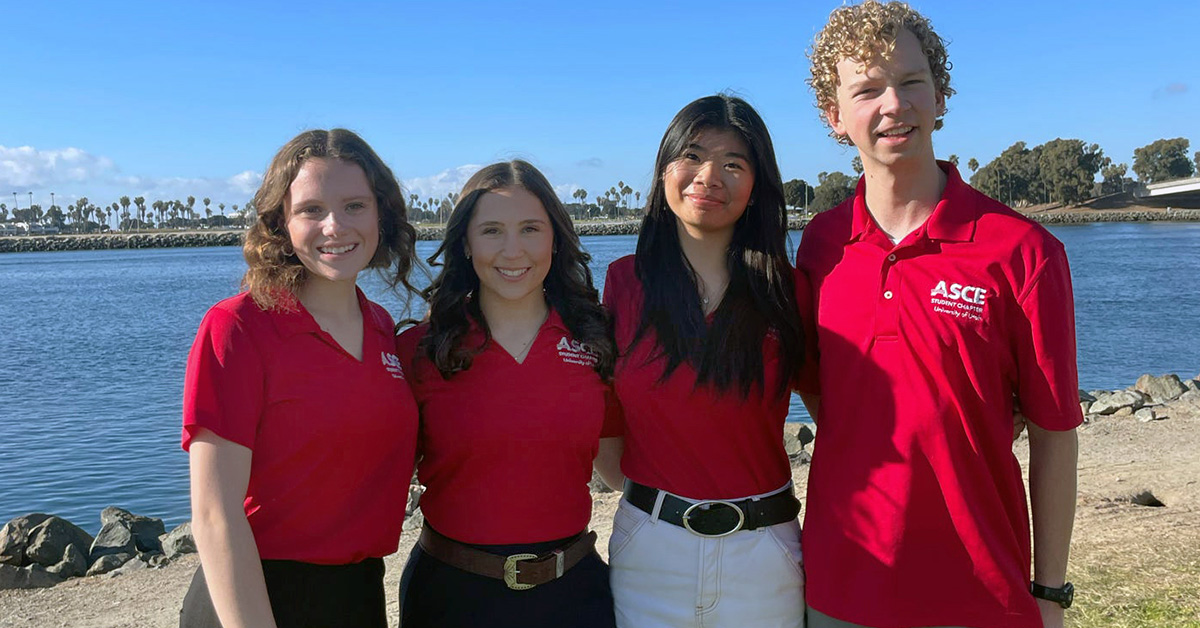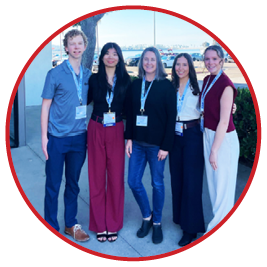The American Society of Civil Engineers (ASCE) hosted the 2025 Regions 8 & 9 Workshop for Student Chapter Leaders (WSCL) and Practitioner and Faculty Advisor Training Workshop from January 17–18 in San Diego, California. This annual event brings together student chapter leaders, ASCE younger members, and regional professionals for networking, leadership development, and insights into the Society’s resources.
Students from the University of Utah’s ASCE student chapter had the incredible opportunity to attend this year’s WSCL conference, where they connected with peers from other universities, ASCE Younger Member Forum (YMF) members, and seasoned professionals. The conference provided a platform for student leaders to build their networks, share experiences, and learn from the successes of other ASCE chapters.
A key highlight of the event was the leadership of Dr. Christine Pomeroy, faculty advisor of the University of Utah’s ASCE student chapter and professor of Civil & Environmental Engineering (CvEEN). As the workshop host, Dr. Pomeroy facilitated both the opening and closing sessions, setting the tone for the conference and guiding attendees in reflecting on key takeaways. She also presented on student chapter annual reports, providing valuable insights on best practices and reporting strategies. Additionally, Dr. Pomeroy led an overview of ASCE student chapter resources and facilitated a session on the ethical use of AI, equipping student leaders with tools to enhance their chapters’ effectiveness and professional integrity.
The 2025 WSCL conference was an invaluable experience for student leaders, equipping them with leadership skills and knowledge to strengthen their ASCE chapter at the University of Utah. With new insights and connections, they are excited to apply what they’ve learned to enhance their chapter’s activities and impact in the coming year.
More news from our department:
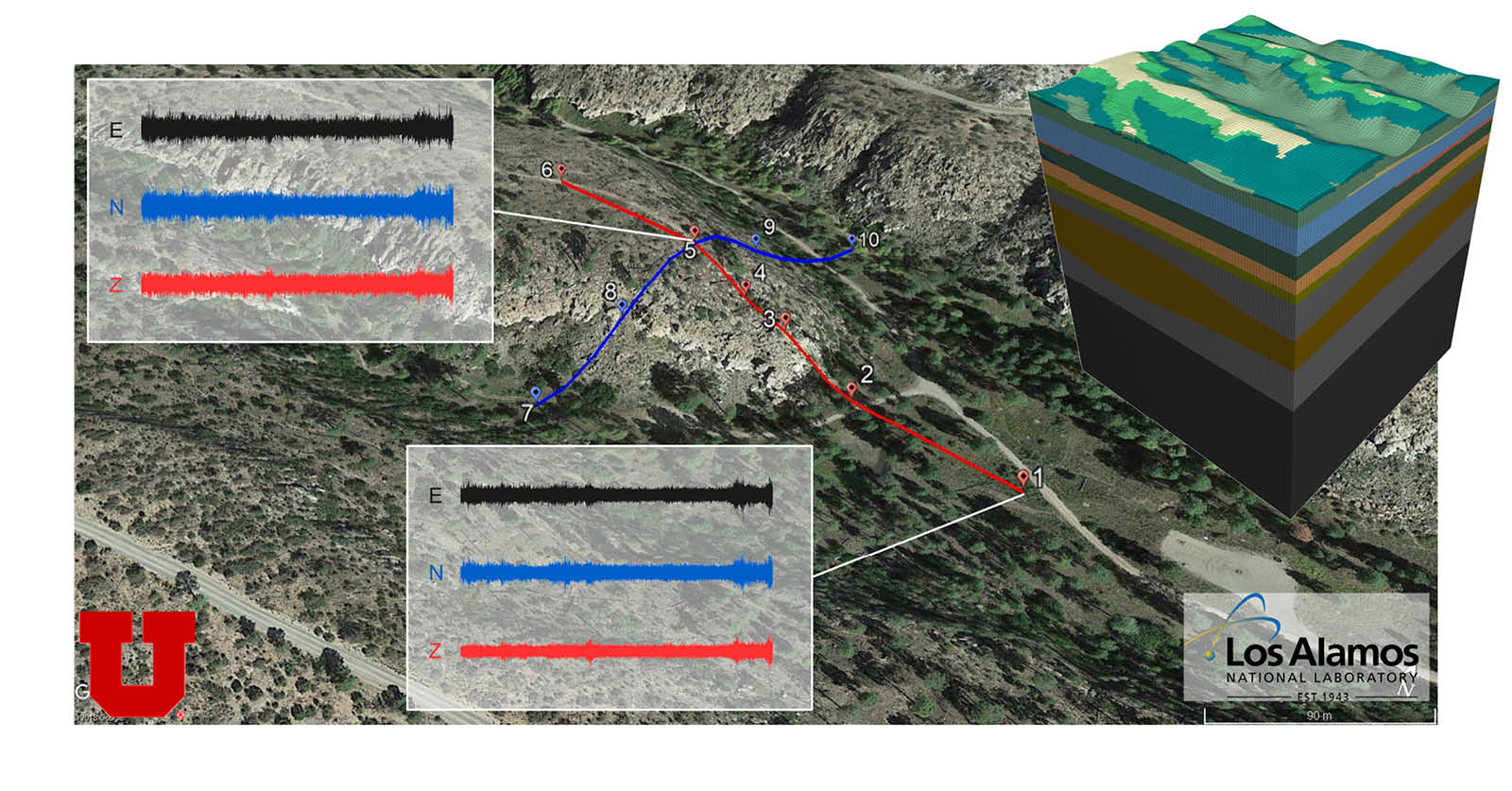
Ambient Vibrations: A New Frontier in Earthquake-Resilient Infrastructure
Harnessing ambient seismic noise for advanced seismic hazard analysis Accurately predicting variations in ground motion characteristics is essential for reliable seismic hazard analysis and the design of resilient infrastructure. Traditional site response assessments rely on earthquake recordings or controlled field experiments, but these approaches are constrained by the infrequency of seismic events and the limited […]
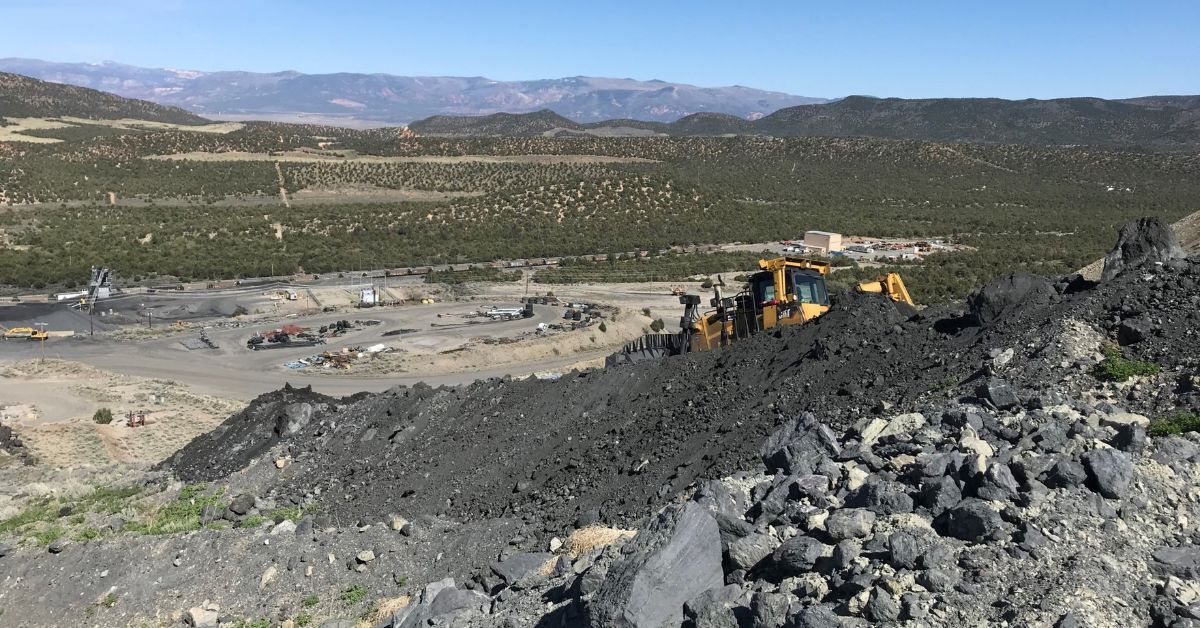
University of Utah Secures $35 Million to Transform Utah’s Carbon Storage Landscape
Civil and Environmental Engineering faculty expands research into commercial-scale carbon storage across Utah to tackle climate change and revitalize local economies Pictured above: The Utah Iron mine looking over one of the future CarbonSAFE sites. What if Utah could lead the charge in addressing climate change by capturing millions of tons of carbon emissions? What […]
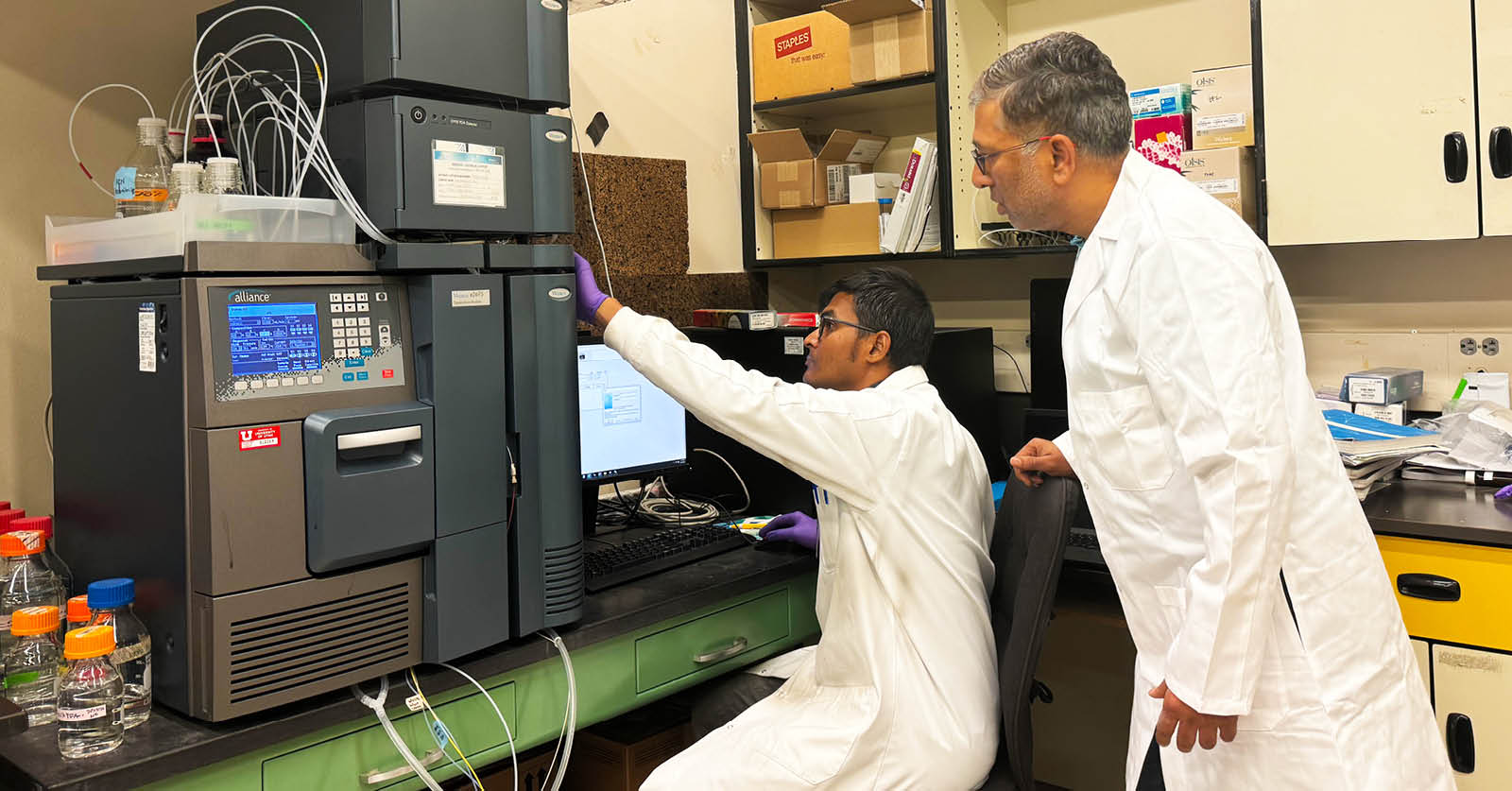
Fighting Forever Chemicals
Dr. Ramesh Goel Leads $1.6M EPA Research on PFAS Known as “forever chemicals,” per- and polyfluoroalkyl substances (PFAS) are a group of synthetic chemicals that have been widely used in various industrial and consumer products, such as non-stick cookware, water-repellent clothing, and firefighting foams. Their resistance to degradation combined with their potential to accumulate in […]
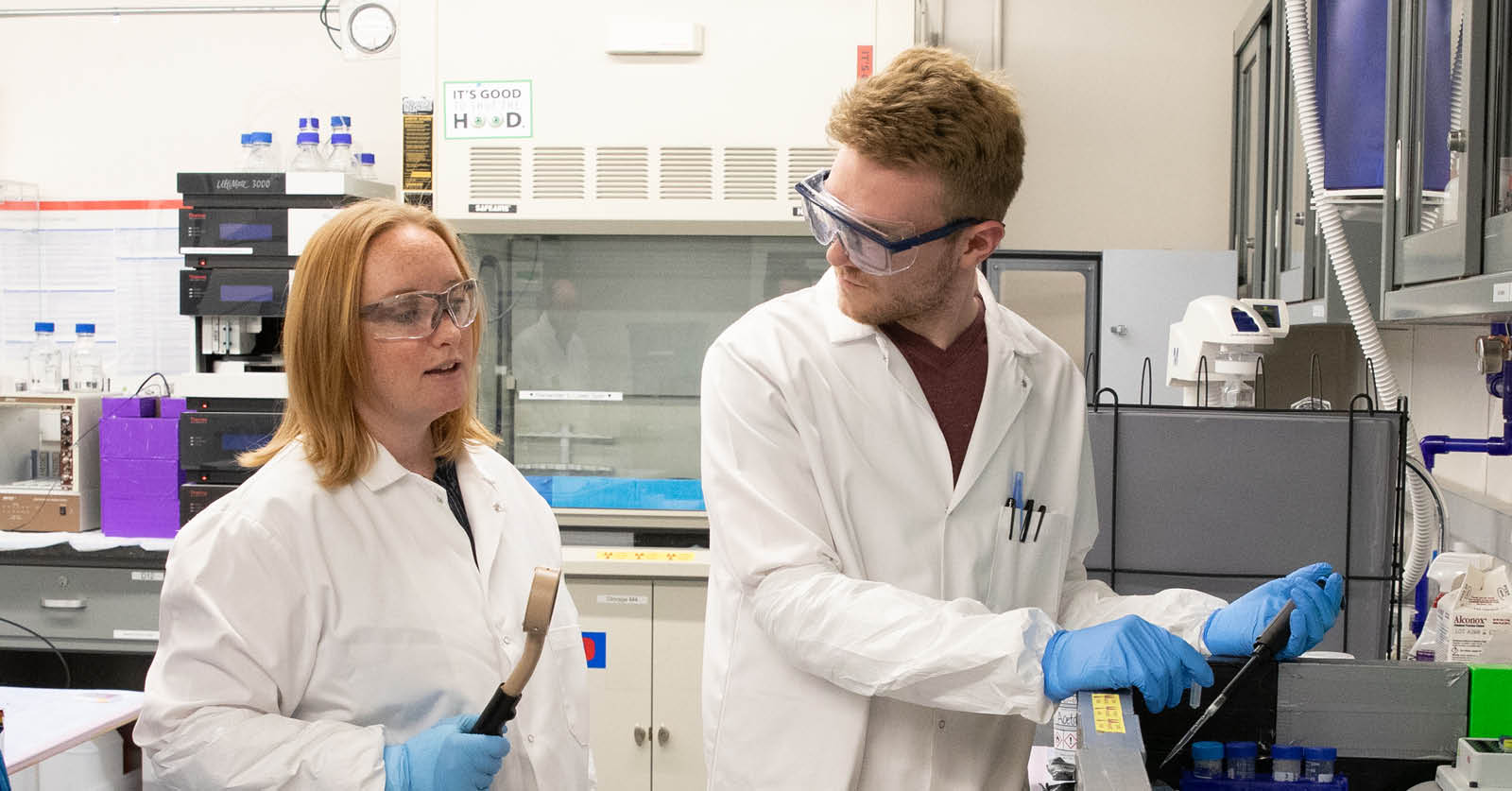
U Grad Breaking Boundaries in Alzheimer’s Disease
Innovative Alzheimer’s Treatment Developed at the U Featured in Journal of Nuclear Medicine Alzheimer’s disease, a debilitating brain disorder with limited treatment options, has long challenged researchers. Specifically, researchers have struggled with slowing the buildup of amyloid beta plaques, harmful clumps in the brain that exacerbate the disease by damaging brain cells and causing memory […]

